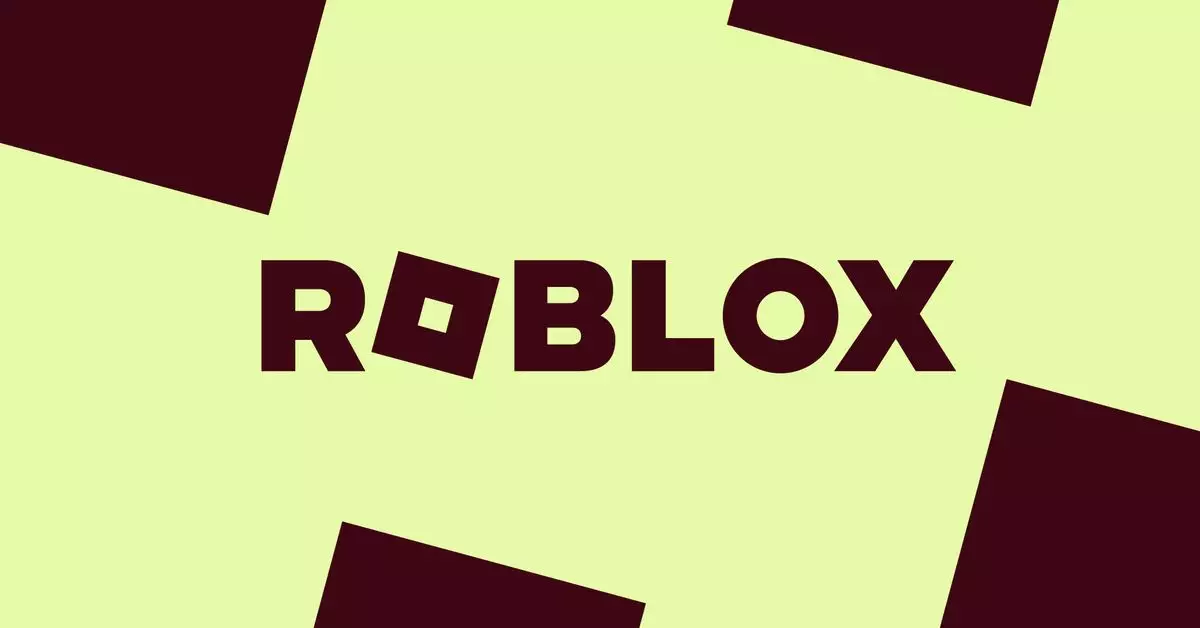Roblox, a platform renowned for its engaging gameplay and user-generated content, has recently announced a series of significant modifications aimed at enhancing child safety. This initiative comes on the heels of alarming reports detailing instances of predatory conduct and insufficient safeguards that protect younger audiences. As parents increasingly express concern over their children’s online safety, particularly for platforms like Roblox that cater to a predominantly young user base, these changes signify a proactive approach on the part of the company to regain trust amidst mounting scrutiny.
The background of these changes lies in increasing pressure from various sectors, particularly following a major investigative report by Bloomberg that focused on the presence of online predators on the platform. Such articles not only raised public awareness but also spurred legislative and regulatory scrutiny, particularly in countries like Turkey, which promptly blocked access to Roblox to protect children. This situation underscores the urgent need for companies like Roblox to bolster their safety features in order to retain both user engagement and regulatory compliance.
Recent investigations highlighted Roblox’s vulnerabilities, with analysts from firms like Hindenburg Research asserting that the application facilitates an environment that is far too permissive for predators. As public sentiment shifts towards a demand for accountability from tech companies, Roblox’s new initiatives reflect their acknowledgment of these responsibilities and their necessary commitment to protecting their youngest users.
Among the essential alterations being implemented, perhaps the most notable is the introduction of a new parental permission requirement for certain features. Children under the age of 13 will need explicit parental approval to use specific chat functionalities on the platform. Moreover, those under 9 are now required to secure permission to access experiences marked with a “moderate” content label—this label could include elements such as mild violence or crude humor.
Additionally, the transition from an age-based content rating system to this new content maturity framework not only aims to provide more transparency regarding the experiences children can access but also simplifies parental control management. By allowing parents to set content limits tied to maturity rather than strict age guidelines, Roblox hopes to create a more user-friendly experience while enhancing safety.
A pivotal aspect of this overhaul is the development of new parent accounts, allowing parents to pair their accounts with their children’s on the platform. Once linked, parents will have greater oversight of their child’s activities, including the ability to adjust parental controls and review insights such as daily screen time and social interactions. However, it is noteworthy that, while this initiative offers more visibility, parents will no longer be able to set PINs for account changes, which may be a concern for some regarding the level of control and security.
Roblox emphasizes that these updates are driven by a commitment to user well-being, specifically targeting younger demographics. Juliet Chaitin-Lefcourt, a representative of Roblox, stated the company’s intent to create one of the safest online environments for its users, particularly minors. It remains to be seen, however, whether these efforts will effectively mitigate risks and reassure parents.
Despite the positive intent behind these changes, there are valid concerns that could hinder their effectiveness. The fact that parents cannot establish a PIN to manage settings introduces a potential vulnerability. It is critical for platforms designed for children to empower parents with robust security tools to protect against unauthorized changes. Furthermore, limiting communication via in-game chat could restrict healthy social interaction, which is a crucial aspect of growing up in an increasingly digital landscape.
Maintaining an appropriate balance between safety and access is vital. Overly stringent controls may deter children from fully engaging in experiences that promote creativity and socialization. As more children flock to the platform, Roblox must navigate these complex waters while ensuring users retain a sense of agency.
Roblox is at a crossroads, balancing its image as a fun, creative outlet for children against the backdrop of pressing safety concerns. The forthcoming changes to parental controls are indicative of a growing recognition within the company of the importance of child protection in online spaces. While these changes represent a step in the right direction, ongoing evaluation and feedback from users and parents will be essential to ensure that the platform meets its safety commitments while preserving the engaging experience that has made Roblox a favorite among children. As the situation evolves, it will be interesting to observe how these updated measures affect user behavior and sentiment towards the platform in the long run.


Leave a Reply